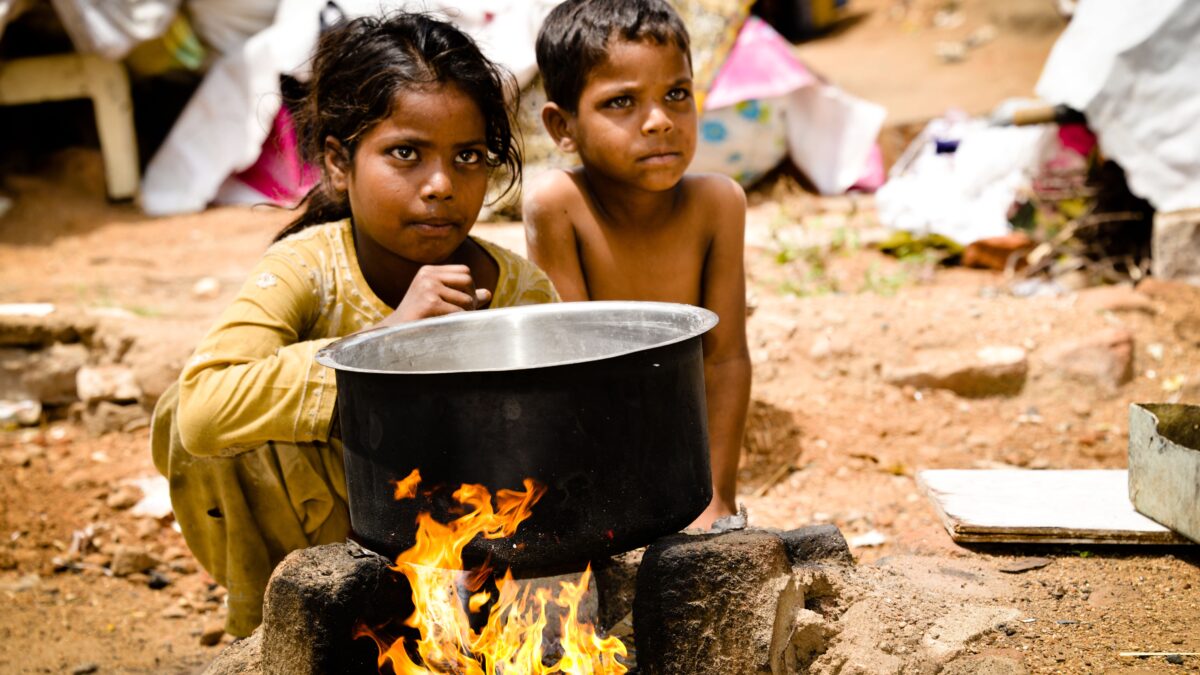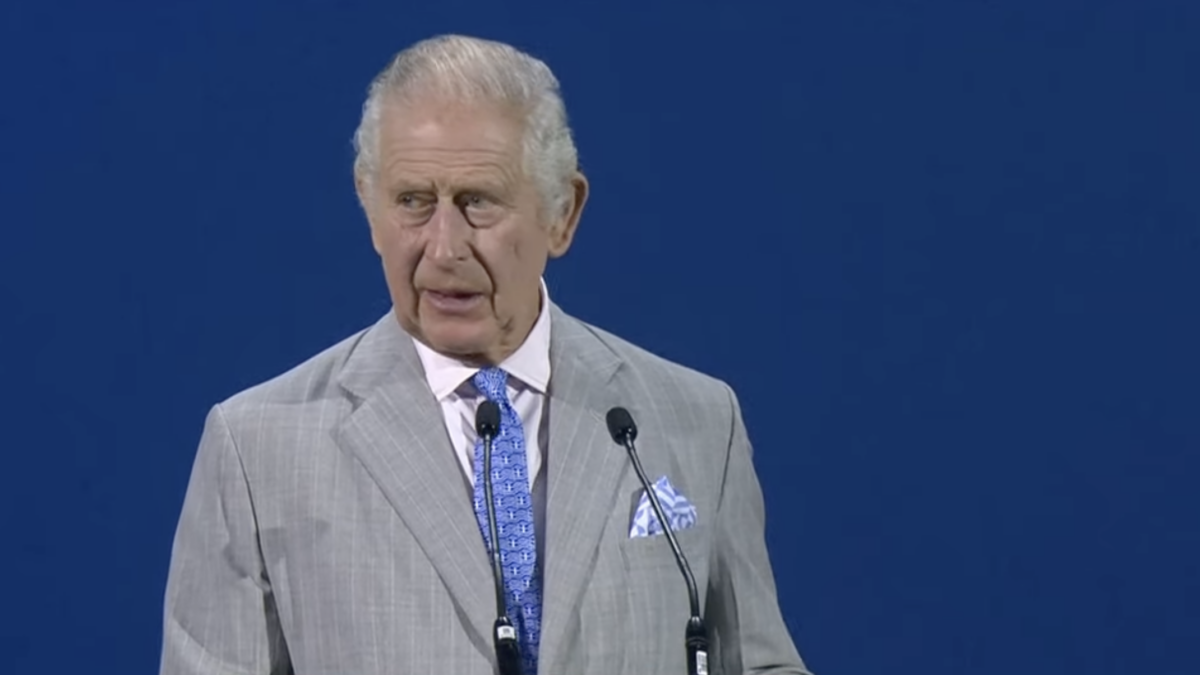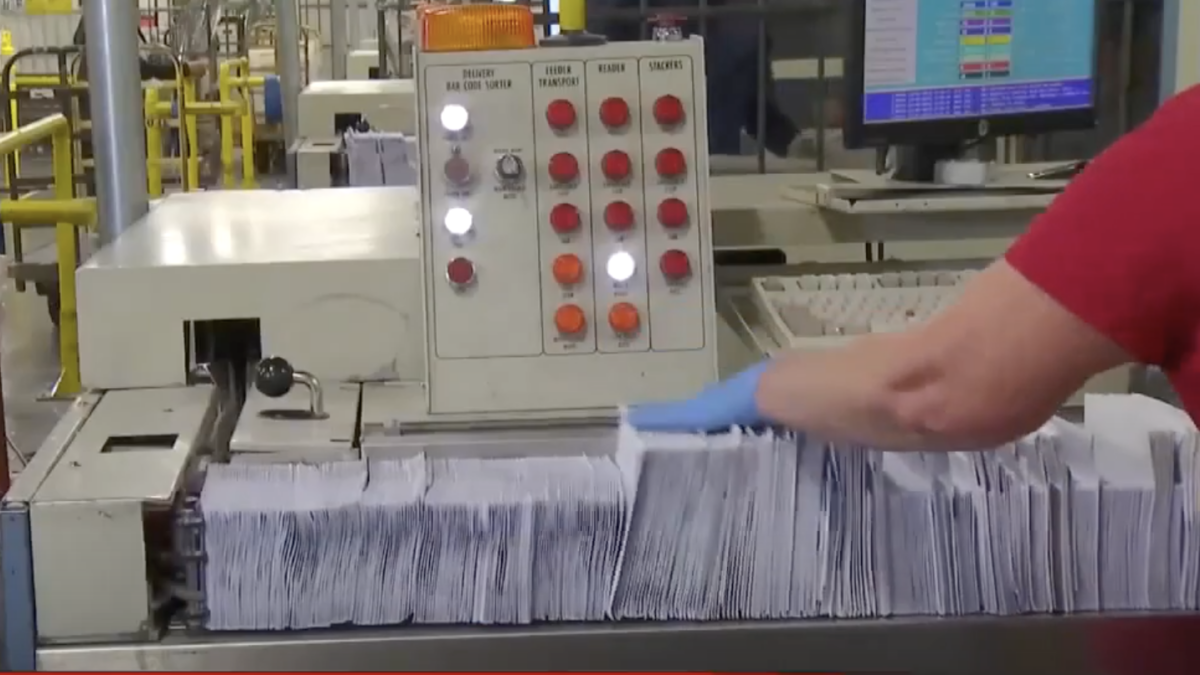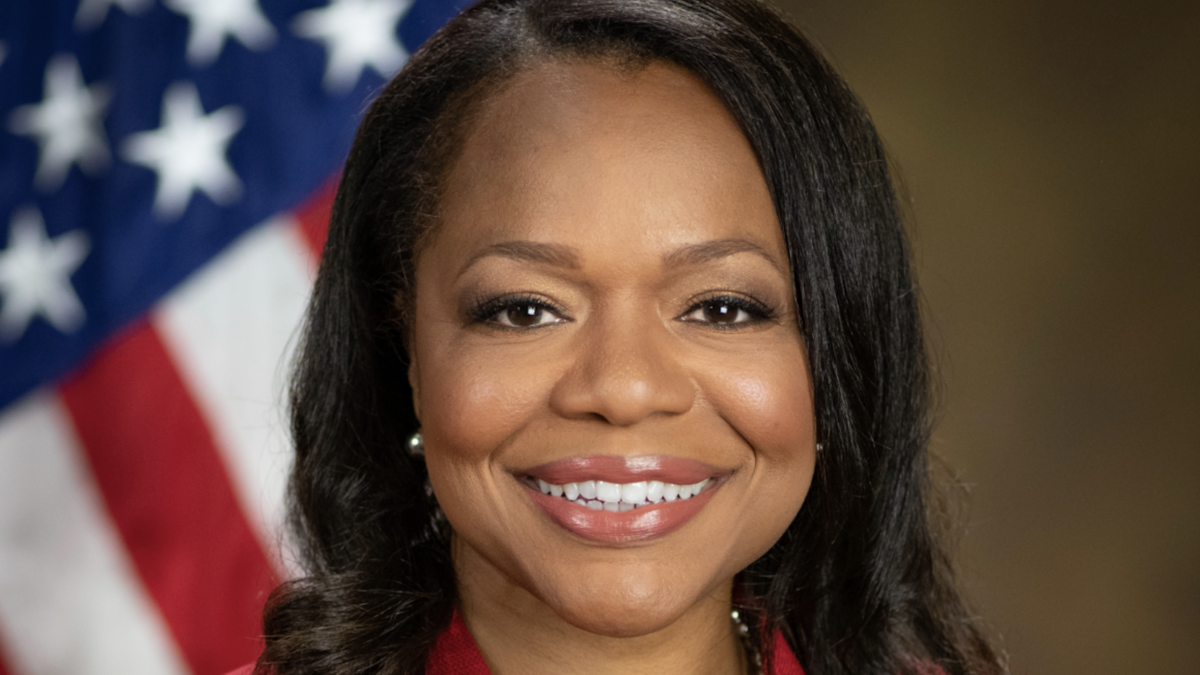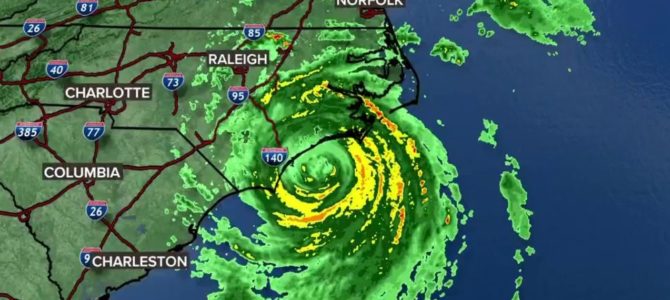
During the approach of Hurricane Florence, the left has been going all Pat Robertson on us, claiming that the storm is a higher power’s vengeance on America for our wickedness. No, it’s not God who is sending this storm to smite us for our sinful debauchery. It’s global warming that has come to punish us for not listening to Al Gore.
The Washington Post editorial board intones, “Another Hurricane Is About to Batter Our Coast. Trump Is Complicit.” Here we were worried that he was colluding with the Russians, and what we didn’t realize is that he was colluding with the weather itself.
The Washington Post’s argument is that Trump is to blame because global warming is supposedly causing sea levels to rise, which “encourages higher storm surges.” Sea levels are rising at about one tenth of an inch per year. Florence’s storm surge is expected to be more than 10 feet. I’m sure the difference will be noticeable.
Jill Filipovic tells us that Florence’s message is that “Worsening Storms Are the Price of Greed.” (Repent, sinners!)
Having longtime emergency response plans in place is great. But changing weather patterns, rising sea levels and receding coastlines mean that this won’t be enough: these emergencies are going to come more often, and they are going to be more devastating. Florence, for example, is projected to near Category 5 status as it approaches warm coastal waters. By comparison, Hurricane Katrina, in 2005, was a Category 3 storm whose profound effects—and numerous deaths—came from a storm surge.
You might have noticed that by the time Florence hit, it was a mere Category 1 hurricane—enough to cause plenty of damage, but not enough to justify the apocalyptic coverage CNN has been giving it all week.
But back to Al Gore for a moment. He is more responsible than anyone for this idea of associating a hurricane with global warming. The posters for his 2006 documentary An Inconvenient Truth went so far as to feature the image of an industrial smokestack belching forth a hurricane.

Gore was capitalizing on the fresh memories of Katrina, the massive hurricane that hit the Gulf Coast at Category 3 the year before.
But that’s where we have a problem, because the moment Gore said that, it was like he jinxed the whole hurricane thing. Here’s a rundown of what actually happened with hurricanes over the past fifteen years.
In 2004 and 2005, a series of big Category 3 and 4 hurricanes hit the US, including Charley, Ivan, Katrina, Wilma, and Rita. Then in 2006, just as Al Gore was touring the country with his alarmist slide show, something weird happened: nothing. Not a single hurricane hit the U.S. that year.
For 2007 and 2008, the Gulf Coast was harassed by couple of Category 1 storms. Then in 2009 and 2010, again, nothing. In 2011 and 2012, there was a single Category 1 storm each year. There was also Sandy, which dropped below Category 1 before making landfall. It was famous for its damage, but that was due less to the power and intensity of the storm than to the fact that it hit a densely populated area where many coastal houses hadn’t been built to modern hurricane-resistant standards.
There were again no hurricane hits in 2013 and 2015, a single Category 1 in between in 2014, and a pair of Category 1s in 2016. Toward the end of that year’s hurricane season, The Washington Post—yes, the same paper moaning about hurricanes now—reported that the U.S. was in an “unprecedented hurricane drought.” The drought would ultimately be broken when Harvey hit Houston in 2017, the first major hurricane in 12 years and the first Category 4 to make landfall in 13 years.
So, no, I don’t think you can take a hurricane making landfall in the U.S. as proof of more intense storms caused by global warming. Instead, the record of the last 15 years is one of far less intense storms hitting the U.S.
Now, you may object that this is only part of the story. The number of hurricanes to make landfall in the continental U.S. is not the same thing as the total number of hurricanes. The pattern of landfalls over the past 15 years doesn’t necessarily tell us about longer-term trends. What you would need would be a more in-depth analysis such as this one from Chris Landsea—the perfect name for his job, really—at NOAA’s National Hurricane Center, who sums it up in a graph that goes only to 2010, less than halfway through the hurricane drought.
 Landsea concludes, “instead of a long-term increase, what remains are periods of increased activity like the 1870s-1890s, 1930s-1950s, and the 2000s interspersed by quiet periods during the 1850s-1860s, 1900s-1920s, and 1960s-1990s.”
Landsea concludes, “instead of a long-term increase, what remains are periods of increased activity like the 1870s-1890s, 1930s-1950s, and the 2000s interspersed by quiet periods during the 1850s-1860s, 1900s-1920s, and 1960s-1990s.”
Moreover, none of this is dispositive, one way or another, when it comes to whether the global climate is warming, what might be causing it, or what we should do about it.
And that’s precisely my point. All of this is the context being blatantly ignored by those who hype Florence as proof of global warming. Ironically, The Washington Post editorial includes a boilerplate disclaimer that, “It is hard to attribute any single weather event to climate change”—which they promptly ignore in order to attribute Florence to global warming. Maybe they should have listened to their disclaimer and stopped right there.
We’ve been told for years that “weather is not climate,” that one weather event is not necessarily an indication of a wider, long-term trend. We are told this every time there is a nasty cold snap in the middle of winter. But the real message of Florence is that weather totally is climate—when it suits the agenda of the left.



